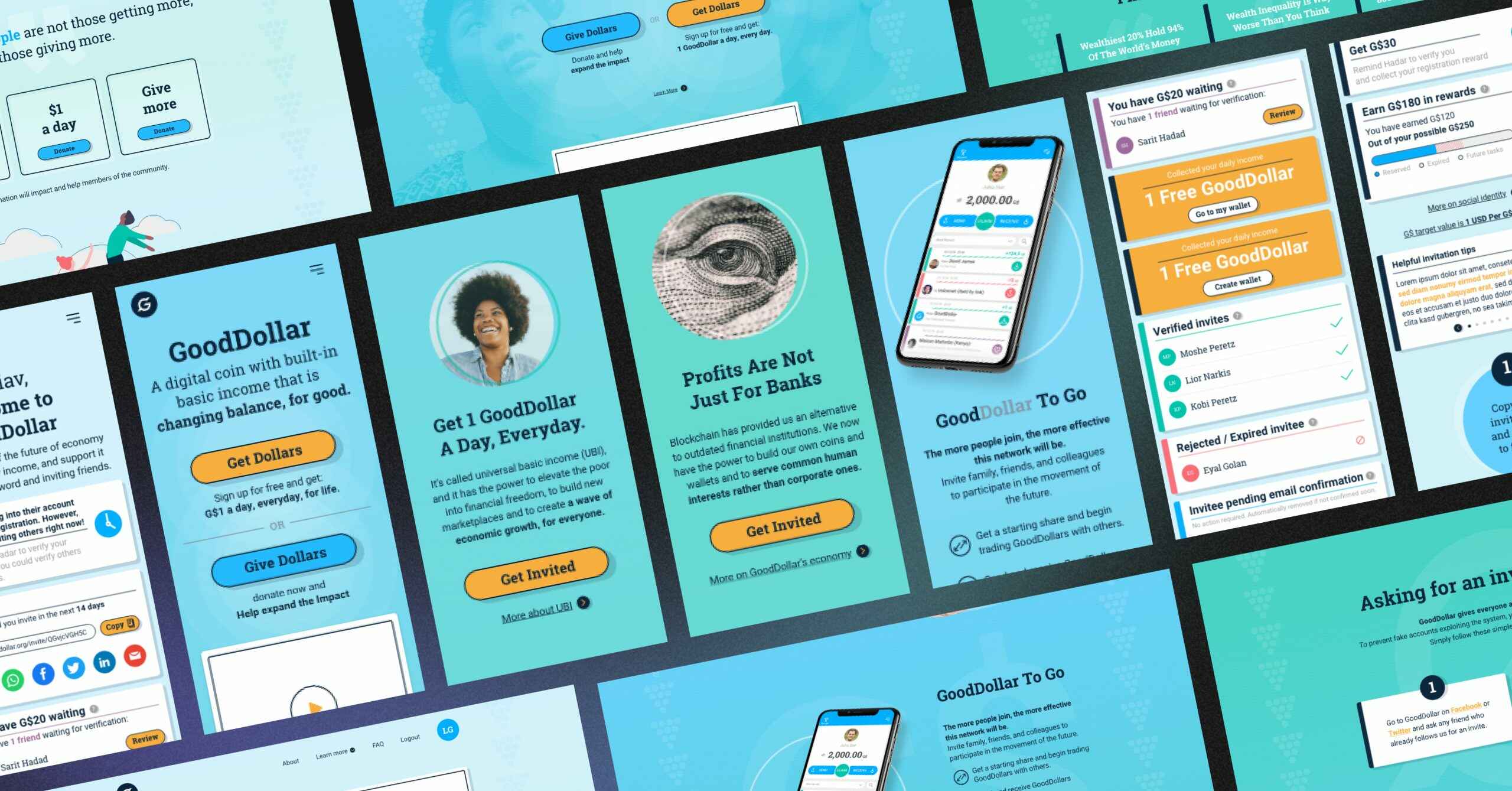Online learning platforms have become the go-to choice for students seeking education. The convenience and flexibility they offer have made them increasingly popular. However, as the number of students using these platforms grows, so does the need for support and guidance. This is where AI chatbots come into play. They provide an efficient and interactive way to handle student queries and enhance the overall learning experience.
In this article, we will explore how to implement AI chatbots for student support in online learning platforms.
Key Features to Look for in an AI Chatbot
Before diving into the implementation process, it’s essential to understand the key features that make an AI chatbot effective in a student support role. We at WeSoftYou, a software development company with a proven track record in creating innovative solutions, recommend considering the following features:
Natural Language Processing
The chatbot should be capable of understanding and responding to natural language queries. This feature enables a more conversational and user-friendly experience for students. Natural Language Processing (NLP) technology allows the chatbot to analyze and interpret human language, making interactions more intuitive and engaging. By leveraging NLP, the chatbot can comprehend complex queries, slang, and colloquial language, providing accurate and relevant responses to students.
Personalization
A good AI chatbot should be able to personalize responses based on user preferences and past interactions. This personal touch enhances the student experience and creates a sense of empathy. Personalization goes beyond just addressing the user by name; it involves tailoring responses to individual needs and learning styles. By analyzing user data and behavior, the chatbot can offer customized recommendations, resources, and support, fostering a more personalized and effective learning environment.
Seamless Integration
The chatbot should seamlessly integrate with the existing online learning platform. This ensures a smooth user experience and avoids any disruptions in the learning process. Integration with learning management systems (LMS) and educational tools streamlines access to resources, assignments, and course materials. A well-integrated chatbot can provide real-time assistance within the familiar environment of the learning platform, enhancing efficiency and productivity for both students and educators.
Multi-channel Support
It’s crucial for the chatbot to be available on multiple channels, such as web browsers, mobile apps, and social media platforms. This allows students to access support wherever they are, increasing convenience and accessibility. Multi-channel support ensures that students can engage with the chatbot across various devices and platforms, adapting to their preferred mode of communication.
Whether seeking assistance on a laptop, smartphone, or social media platform, students can easily connect with the chatbot to receive timely help and guidance, promoting continuous learning and academic success.
Steps to Integrate AI Chatbots into Your Online Learning Platform
Integrating an AI chatbot into your online learning platform can greatly enhance the learning experience for students. With the ability to provide instant support and assistance, chatbots have become an invaluable tool in the education sector. To help you seamlessly integrate an AI chatbot into your online learning platform, we have outlined a step-by-step process based on our experience working with various educational institutions.
1. Define your objectives: Before diving into the integration process, it is crucial to clearly define your objectives for implementing the chatbot. Are you primarily looking to enhance student support or streamline administrative tasks? By identifying your goals, you can select the appropriate functionalities and design a chatbot that aligns with your specific needs.
2. Choose the right platform: With several AI chatbot platforms available in the market, it is essential to research and select the one that best suits your requirements and budget. Consider factors such as ease of integration, customization options, and scalability to ensure a seamless integration process.
3. Collect and analyze data: Data plays a crucial role in training the chatbot and improving its performance over time. Collect data from student interactions and analyze it to identify patterns and common queries. This data-driven approach will enable you to fine-tune the chatbot’s responses and provide accurate and relevant information to students.
4. Design conversational flow: Creating a well-structured conversational flow is key to providing a user-friendly experience for students. Break down complex processes into simple steps and design a logical flow that guides students through their queries. By anticipating potential questions and providing clear instructions, you can ensure a seamless and intuitive user experience.
5. Train the chatbot: Once you have collected and analyzed the data, it’s time to train the chatbot using machine learning algorithms. This step involves teaching the chatbot how to understand and respond accurately to student queries. By continuously refining the training process based on real-time feedback, you can improve the chatbot’s performance and enhance its ability to provide personalized support.
6. Test and refine: Before deploying the chatbot to students, it is crucial to thoroughly test its capabilities and gather feedback. Conduct extensive testing to identify any potential issues or areas for improvement. By involving students in the testing process, you can gain valuable insights and make necessary refinements to enhance the chatbot’s performance.
7. Rollout and monitor: Once you are satisfied with the chatbot’s performance, it’s time to roll it out on your online learning platform. However, the journey doesn’t end here. Continuous monitoring is essential to ensure the chatbot is functioning optimally and meeting the needs of students. Regularly gather feedback, track user interactions, and make adjustments as needed to provide the best possible learning experience.
By following these steps, you can successfully integrate an AI chatbot into your online learning platform and revolutionize the way students engage with educational content. Embracing this technology can not only enhance student support but also streamline administrative tasks, ultimately leading to a more efficient and effective online learning environment.
Best Practices for Designing Conversational Interfaces
Designing conversational interfaces requires careful thought and consideration. The goal is to create an intuitive and engaging experience for students. Here are some best practices to keep in mind:
- Keep it simple: Avoid overwhelming users with too many options or information. Stick to a clear and concise conversational flow.
- Use visuals: Incorporate visual elements such as images, icons, and videos to make the conversation more interactive and engaging.
- Provide contextual prompts: Help students navigate the conversation by providing relevant prompts and suggestions based on their queries.
- Use empathy and personalization: Make the chatbot feel more human-like by using empathetic responses and personalizing the conversation based on the student’s context.
- Offer fallback options: In case the chatbot cannot answer a specific query, provide alternative options such as a live chat with a human support agent.
Furthermore, it is essential to continuously gather feedback and data to improve the conversational interface over time. Analyzing user interactions and identifying common pain points can help in refining the chatbot’s responses and enhancing the overall user experience.
Another important aspect to consider is the tone and language used in the conversation. Ensuring that the chatbot’s language aligns with the institution’s brand voice and values can help in maintaining consistency and building trust with students.
Training Your Chatbot: Data Collection and Machine Learning
Data collection and machine learning are fundamental steps in training the chatbot to understand and respond accurately to student queries. Here’s how you can approach these steps:
- Collect student interactions: Gather data from student interactions with the chatbot, including conversations, queries, and user feedback. This data is crucial for understanding the patterns in student queries and improving the chatbot’s responses over time. By analyzing these interactions, you can identify common themes and topics that students are interested in, allowing you to tailor the chatbot’s responses to better meet their needs.
- Clean and preprocess data: Clean the collected data by removing irrelevant or duplicate entries. Preprocess the data by tokenizing and normalizing it to make it suitable for machine learning algorithms. This preprocessing step is essential for ensuring that the data is in a format that can be effectively used by machine learning models. By cleaning and preprocessing the data, you can improve the accuracy and efficiency of the chatbot’s training process.
- Build a training dataset: Split the data into training and validation sets. The training set is used to train the chatbot, while the validation set is used to evaluate its performance during the training process. Creating a training dataset allows you to provide the chatbot with examples of correct responses, enabling it to learn from these examples and improve its own responses over time. The validation set helps you assess the chatbot’s performance and identify areas for improvement.
- Implement machine learning algorithms: Choose appropriate machine learning algorithms, such as natural language processing models or deep learning architectures, to train your chatbot. These algorithms enable the chatbot to analyze and understand the input data, learn from it, and generate accurate responses. By selecting the right algorithms for your chatbot, you can enhance its ability to interpret student queries and provide relevant information.
- Evaluate and fine-tune: Evaluate the performance of your chatbot using metrics like accuracy and response time. Fine-tune the model based on this evaluation to improve its performance. Continuous evaluation and refinement are essential for ensuring that the chatbot remains effective and up-to-date. By monitoring its performance metrics and making adjustments as needed, you can enhance the chatbot’s ability to engage with students and provide valuable assistance.
Ensuring Privacy and Security in Student Interactions
Privacy and security are paramount when implementing AI chatbots for student support. Protecting sensitive student data is essential. Here’s how you can ensure privacy and security:
- Use secure communication protocols: Implement end-to-end encryption and secure communication protocols to safeguard student data transmission.
- Data anonymization: Anonymize student data by removing personally identifiable information before storing or using it for analysis.
- Follow privacy regulations: Adhere to relevant privacy regulations, such as GDPR, and obtain necessary consents from students for data collection and usage.
- Regular security audits: Conduct regular security audits to identify and address any vulnerabilities in the chatbot’s infrastructure.
- Provide transparency: Be transparent with students about the data collected, how it is used, and the security measures in place to protect their information.
Additionally, it is crucial to have a robust incident response plan in place in case of a data breach or security incident. This plan should outline steps to contain the breach, assess the impact, notify relevant parties, and mitigate any potential damages. By having a well-defined response plan, you can minimize the impact of security incidents and ensure a swift and effective response.
Furthermore, consider implementing multi-factor authentication for access to student data and chatbot systems. This additional layer of security helps prevent unauthorized access, even in the event of compromised credentials. By requiring multiple forms of verification, such as a password and a unique code sent to a registered device, you can significantly enhance the security of student interactions and data.
Measuring the Effectiveness of AI Chatbots in Student Support
Measuring the effectiveness of AI chatbots is crucial to ensure they are delivering the desired outcomes. Here are some metrics and methods to consider:
1. User satisfaction: Gather feedback from students to assess their satisfaction with the chatbot’s performance and support quality. This can be done through surveys, interviews, or even sentiment analysis of chatbot interactions. By understanding how satisfied students are with the chatbot, you can make informed decisions on how to improve its performance.
2. Response accuracy: Evaluate the chatbot’s ability to provide accurate responses to varied student queries. This can be done by comparing the chatbot’s responses to a set of predefined correct answers or by having human experts review and rate the accuracy of the chatbot’s responses. By measuring response accuracy, you can identify any areas where the chatbot may need additional training or improvement.
3. Response time: Measure the average response time of the chatbot to ensure it is prompt and efficient. Students expect quick and timely responses, and a slow chatbot can lead to frustration and dissatisfaction. By monitoring response time, you can identify any bottlenecks or performance issues that may be affecting the chatbot’s efficiency.
4. Query resolution rate: Track the percentage of student queries successfully resolved by the chatbot without needing human intervention. This metric is a good indicator of how well the chatbot is able to handle a wide range of student queries and provide accurate and helpful responses. A high query resolution rate indicates that the chatbot is effective in addressing student needs.
5. Dropped conversation rate: Monitor the rate at which conversations are abandoned by students due to dissatisfaction or lack of response. This metric can help you identify any usability issues or areas where the chatbot may be failing to meet student expectations. By reducing the dropped conversation rate, you can ensure that students are engaged and receiving the support they need.
By regularly measuring these metrics, you can identify areas for improvement and make necessary adjustments to enhance the effectiveness of your AI chatbot in student support.
Key Takeaways
Implementing AI chatbots for student support in online learning platforms is a step towards providing a seamless and interactive learning experience. We at WeSoftYou understand the importance of innovative solutions in this digital era. With our expertise in software development, we can help you implement AI chatbots that are tailored to your specific requirements and provide unparalleled support to students.
At WeSoftYou, we believe that AI chatbots have the potential to revolutionize the way students engage with online learning platforms. Imagine a chatbot that can not only answer questions but also provide personalized recommendations, track student progress, and offer real-time feedback. This level of support can greatly enhance the learning experience and help students reach their full potential. Ready to enhance your online learning platform with AI chatbots?
Contact us to get a quote and let’s shape the future of education together.
AI chatbots can address privacy and security concerns through several measures:
Data Encryption: Ensure that all data exchanged between students and the chatbot is encrypted to protect sensitive information from unauthorized access.
Compliance with Regulations: Adhere to data protection regulations such as GDPR or FERPA to ensure that student data is handled in compliance with legal standards.
Access Controls: Implement strict access controls and authentication mechanisms to safeguard student information and restrict access to authorized personnel only.
Regular Security Audits: Conduct regular security audits to identify and address any vulnerabilities in the chatbot system and ensure ongoing protection of student data.
Transparency and Consent: Clearly communicate to students how their data will be used and obtain their consent before collecting any personal information, ensuring transparency and trust in the chatbot system.
These practices help maintain a secure environment while delivering effective and responsive support through AI chatbots.
AI chatbots enhance the learning experience by offering immediate and interactive support tailored to individual needs. They can provide instant answers to common questions about course content, deadlines, and navigation, helping students stay on track without delays. Chatbots can also assist with personalized recommendations, suggesting additional resources or study materials based on a student’s progress and performance.
By integrating with learning management systems (LMS), chatbots can track student interactions and adapt their responses to better meet students’ needs over time. This level of personalized and timely support contributes to a more engaging and effective learning experience.
AI chatbots offer several key benefits for student support in online learning platforms. Firstly, they provide 24/7 availability, ensuring students can get help anytime, whether it’s day or night. This constant accessibility improves student satisfaction and reduces wait times for assistance.
Secondly, chatbots can handle frequent queries and routine administrative tasks, such as answering questions about course materials, deadlines, and technical issues, which allows human support staff to focus on more complex issues. Additionally, chatbots can offer personalized responses based on student data, enhancing the relevance of the information provided. Overall, AI chatbots improve efficiency, responsiveness, and the overall support experience for students.





















